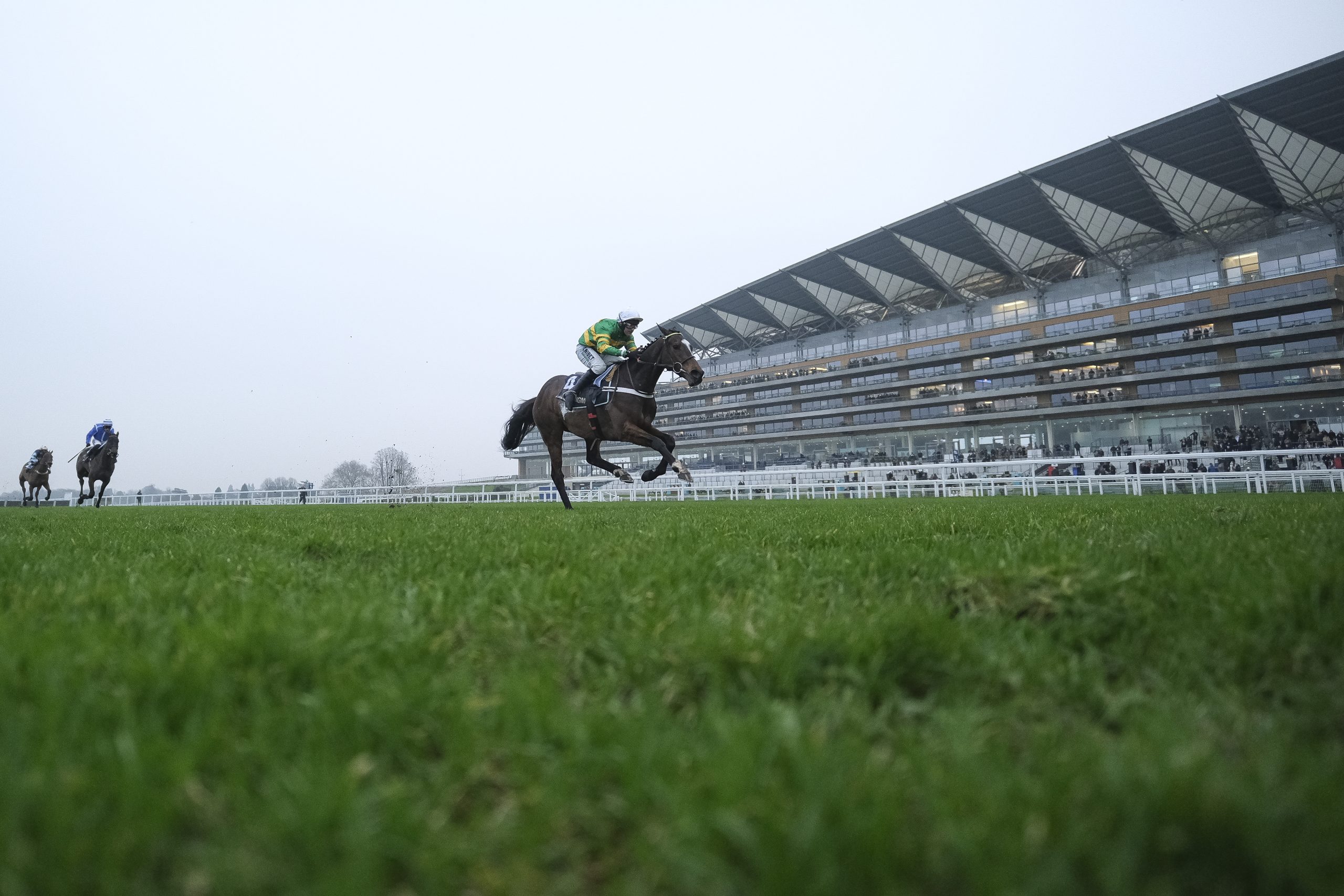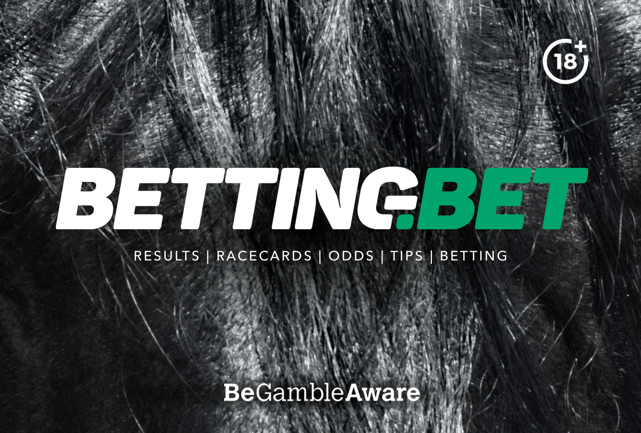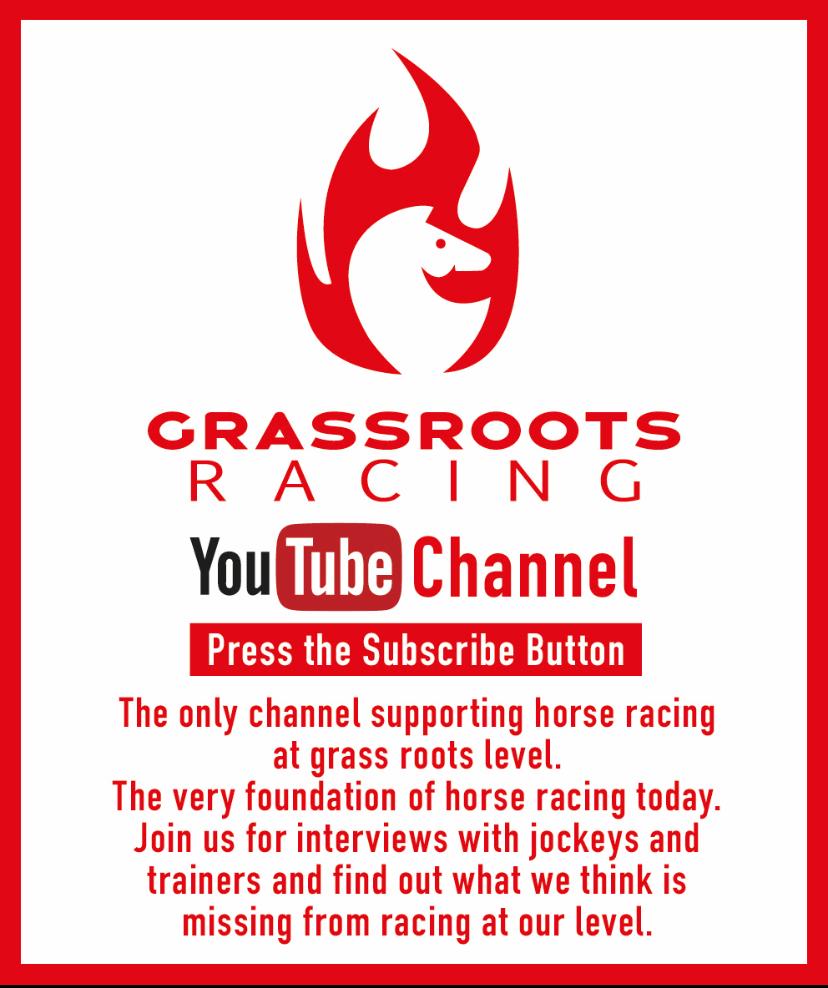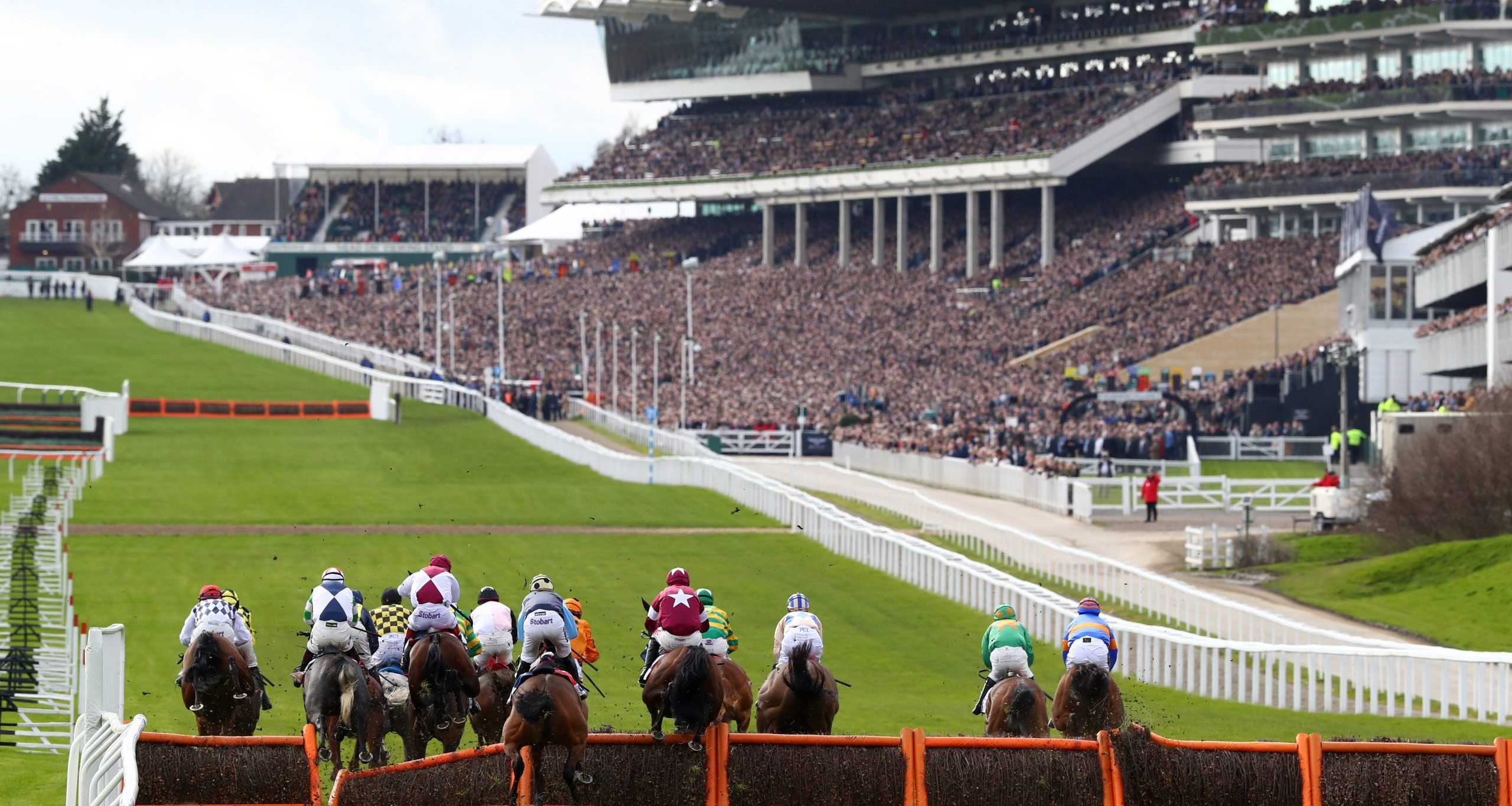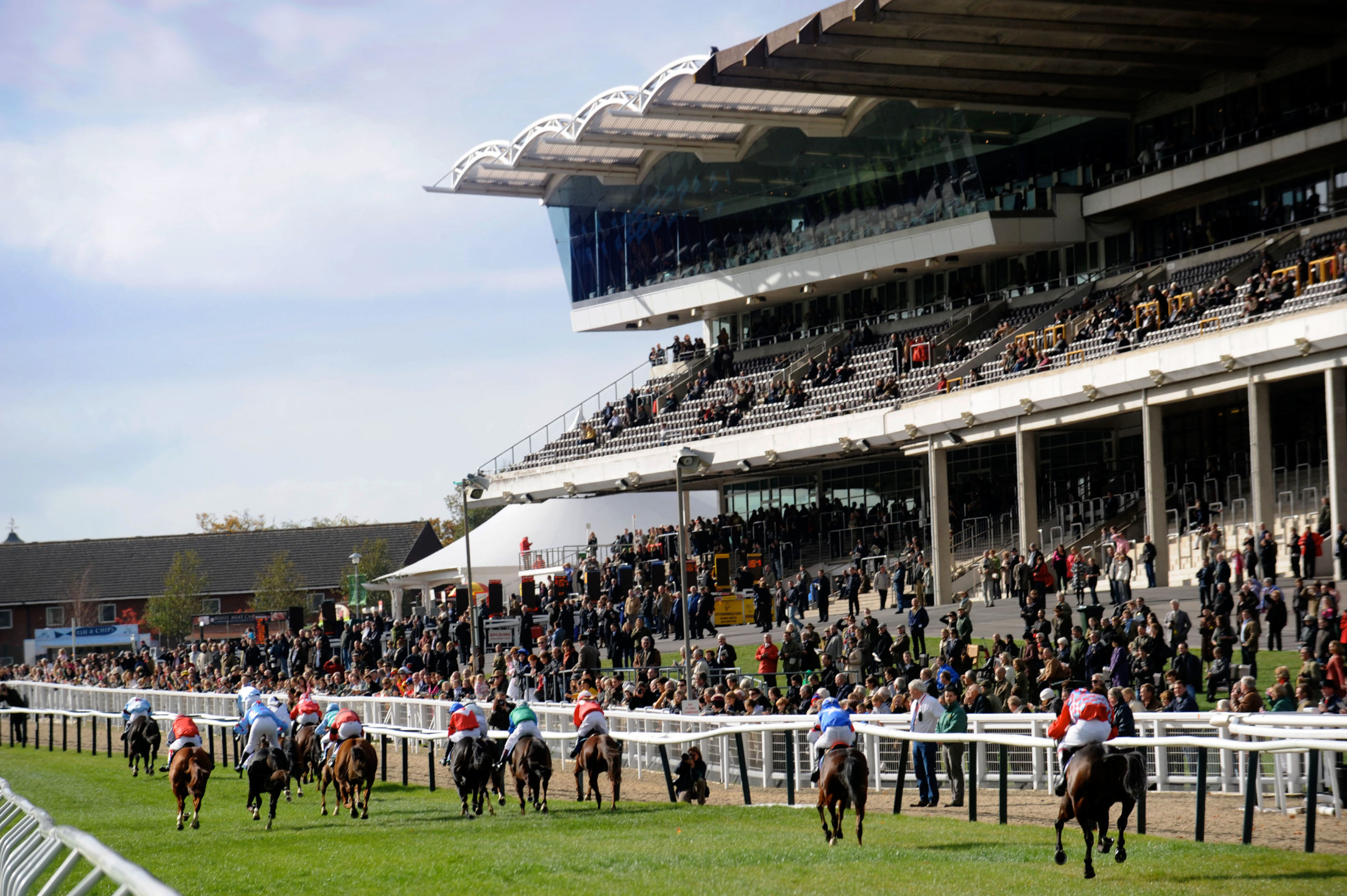
The Kentucky Derby isn’t just the most anticipated horse race in America—it’s also one of the most dynamic betting events in all of sports. With 20 horses, a wide range of odds, and countless variables, the 2025 edition offers bettors both thrilling opportunities and challenging decisions. Whether you’re backing a front-runner or eyeing a dark horse, understanding the full range of betting options and horse profiles is the key to smart wagering.
Understanding the Derby Betting Landscape
Every year, the Kentucky Derby attracts a full field of 20 three-year-olds. The depth and unpredictability of the race are part of what makes it so compelling for bettors. Unlike smaller races where a dominant horse might stand out clearly, the Derby often delivers surprises. A thoughtful bettor must learn to evaluate the entire field, not just the favorite.
Bets range from straightforward win-place-show wagers to more complex exactas, trifectas, and superfectas. Before diving into those structures, it helps to group the horses into general betting categories: favorites, mid-range contenders, and long shots.
Betting on the Favorites: Risk vs. Reliability
Favorites are usually horses with recent Grade 1 wins, high points on the Road to the Derby leaderboard, and strong connections to elite trainers and jockeys. In 2025, names like Journalism and Sovereignty lead the board with odds under 5-1. They’ve posted impressive prep race victories, trained well at Churchill Downs, and arrive with the kind of buzz that shortens lines quickly.
Betting on a favorite offers stability. These horses often finish in the top three and can anchor exacta or trifecta tickets. However, the return on investment is smaller. For example, a win bet on a 3-1 horse returns $6 on a $2 stake. For bettors seeking reliable—but modest—gains, favorites are solid picks. The key is to watch morning line shifts. If a favorite is being heavily backed, the odds may become too short to justify a win-only wager. In such cases, combining a favorite with another horse in an exotic bet may offer better value.
Mid-Range Contenders: The Sweet Spot for Value
These are the horses typically listed at odds between 6-1 and 15-1. They’ve shown potential—perhaps finishing strong in a key prep race or flashing impressive workouts—but they haven’t captured the spotlight the way the favorites have. In this year’s field, horses like Tappan Street, Rodriguez, and Burnham Square fall into this category.
Mid-range contenders can be gold for bettors. They’re not overlooked by the betting public, but they’re not universally trusted either. They’re often horses that get better as race day approaches—showing sharp gallops, responding well to the Churchill Downs surface, or drawing ideal post positions.
Smart bettors carefully evaluate mid-range contenders based on pace compatibility with the Churchill Downs track. In a crowded 20-horse field, a horse that can settle early and finish strong often outperforms expectations. These runners also work well in vertical exotic bets. You can box a few of them in a trifecta or pair one with a favorite in an exacta to multiply potential payouts without increasing risk to unacceptable levels.
Long Shots: How to Bet the Big Price Horses Wisely
In a race as wide open as the Kentucky Derby, long shots can and do make noise. Odds of 20-1 and higher don’t necessarily mean a horse is outclassed—they just haven’t had the ideal path to the Derby, or they’ve been flying under the radar. Horses like Luxor Café, a Japanese qualifier, or Chunk of Gold, who impressed in late prep races but earned fewer points, may offer more than just novelty value.
Betting on a long shot to win outright requires boldness—and usually a small stake. However, long shots are especially valuable in deeper exotic structures like the superfecta. When one hits the board, payouts can surge exponentially. In constructing these tickets, bettors often build around one or two logical horses and then add a few big-price runners to the third and fourth slots.
It’s also helpful to analyze running styles. Long shots who are deep closers may benefit if the early pace is hot, while front-runners with low draw positions can sometimes hold on longer than expected in a crowded field. Look for horses that have been consistent over longer distances or who appear to be improving with each outing.
Watching the Board: Odds Movement and Late Clues
Smart bettors don’t just lock in their picks early—they monitor the tote board throughout the day. Odds movement offers real-time insight into where money is flowing, especially in the minutes leading up to post time. Late changes can signal professional interest, inside barn confidence, or shifts in public sentiment.
In addition to watching the live odds at the track, many fans turn to reputable online sportsbooks like FanDuel to track digital market trends. Comparing the Kentucky Derby FanDuel odds with those on-site can help highlight discrepancies or value opportunities. If a horse is taking heavy money at the sportsbook but remains overlooked at the track, that could point to a sharp edge worth exploring.
This is especially helpful with mid-range and long-shot entries. A horse hovering at 20-1 early in the day but tightening to 12-1 across multiple platforms may be worth a second look. Pairing odds movement with paddock behavior, trainer comments, and recent workouts brings an added layer of insight to your Derby bets.
Betting Beyond the Obvious: Constructing Smart Exotic Tickets
To maximize value, many seasoned bettors use exotic wagers—especially exactas, trifectas, and superfectas. These bets rely on predicting the top finishers in order or in combination. When favorites run as expected, payouts are modest. But if a long shot crashes the top three, the results can be dramatic.
Here’s a sample structure for bettors to consider:
- Exacta box with two favorites and one mid-range contender,
- Trifecta wheel using a favorite to win, and mid-range + long shots to place and show,
- Superfecta with key: Fix a favorite in first or second, then spread the rest.
These formats allow you to mix horses from different tiers without betting on unrealistic outcomes. They also let you manage risk with smaller denominations—$1 or $0.50 base wagers still offer strong returns when structured well.
Make Every Bet Count on Derby Day
Betting on the Kentucky Derby isn’t about guessing—it’s about balance. Combining horse profiles, odds analysis, and smart ticket building gives you more than a puncher’s chance. It gives you strategy. So whether you’re placing your first bet or fine-tuning your tenth ticket, keep your eyes on the board, your mind on the matchups, and your stakes in check.
That’s how winning bets are built at Churchill Downs.




